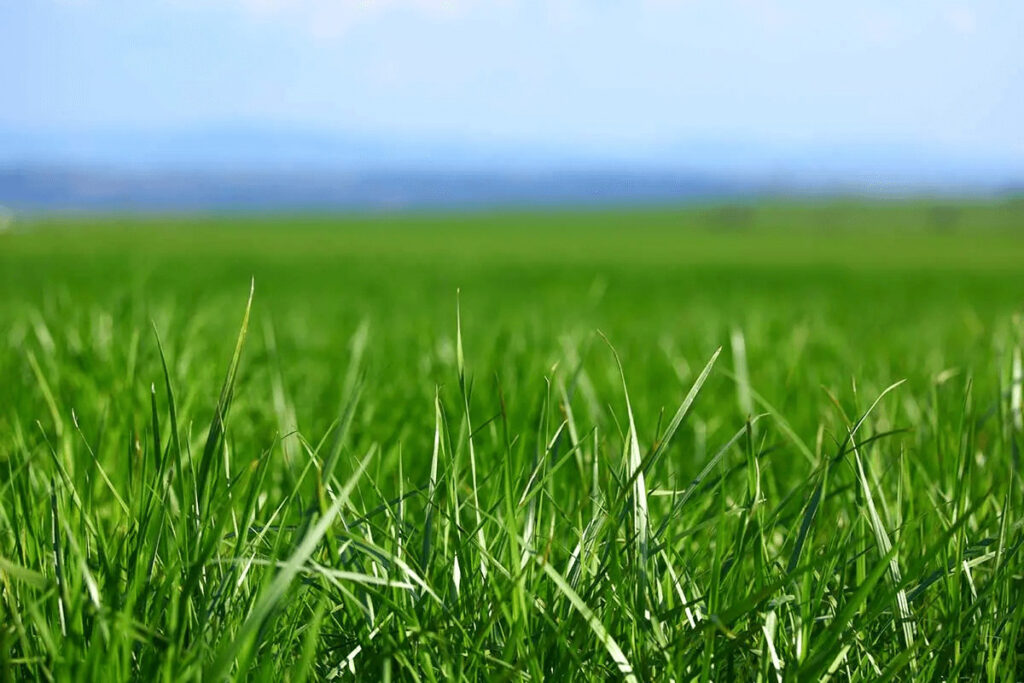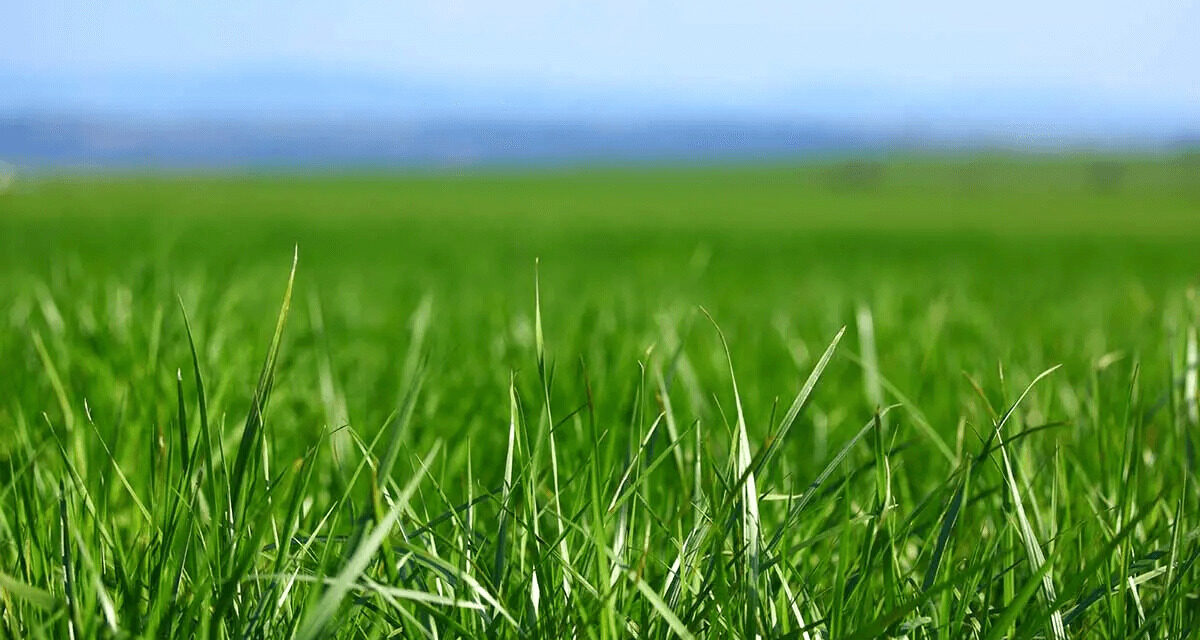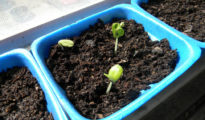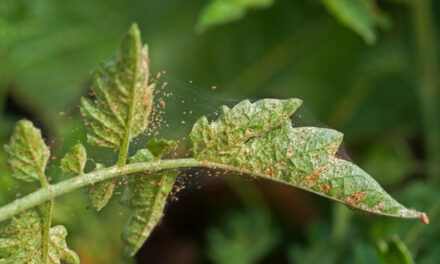A beautiful, vibrant lawn can greatly enhance the appeal of any home or outdoor space. However, achieving that enviable green carpet of grass requires more than just regular mowing. It necessitates a comprehensive understanding of the various factors that contribute to the health and vitality of your lawn. In this blog post, we will delve into the secrets behind greener and healthier grass, offering practical tips and advice to help you achieve the lawn of your dreams.

Soil Preparation:
The foundation of a healthy lawn lies in the soil. Before seeding or laying sod, it's essential to assess and improve the quality of your soil. Conduct a soil test to determine its pH level, nutrient composition, and organic matter content. Adjust the pH if necessary, typically by applying lime to raise it or sulfur to lower it. Incorporate organic matter like compost or well-rotted manure to enhance soil structure and fertility.
Proper Seeding Techniques:
When it comes to seeding a new lawn or overseeding existing grass, following the correct techniques can significantly impact the outcome. Start by selecting the appropriate grass species or cultivar for your region and the specific conditions of your yard, such as sun exposure and soil type. Prepare the soil by raking it lightly to create a loose seedbed. Spread the seeds evenly, making sure to follow the recommended seeding rate. Finally, lightly rake the seeds into the soil, ensuring good seed-to-soil contact for optimal germination.
Adequate Watering:
Watering is a critical aspect of lawn care, and providing your grass with the right amount of water at the right time is vital for its health and appearance. Water deeply and infrequently, encouraging the grass roots to grow deeper into the soil. This helps the lawn become more resilient to drought and stress. Water in the early morning to reduce evaporation and allow the grass to dry before evening, minimizing the risk of disease. Avoid overwatering, as it can lead to shallow root growth, weed proliferation, and disease problems.
Proper Mowing Techniques:
Regular mowing is essential to maintain a healthy lawn, but it's equally important to employ proper mowing techniques. Set your mower blade at the appropriate height, taking into account the grass species and growth habits. Never remove more than one-third of the grass blade at a time, as this can shock the grass and hinder its ability to photosynthesize. Additionally, keep your mower blades sharp to ensure clean cuts, reducing stress on the grass and preventing disease.
Fertilization and Nutrient Management:
Applying the right nutrients in the correct amounts at the appropriate times is crucial for the sustained health and greenness of your lawn. Perform regular soil tests to determine the nutrient requirements of your grass and apply a balanced fertilizer accordingly. Typically, nitrogen (N), phosphorus (P), and potassium (K) are the primary macronutrients needed by lawns. Follow the recommended application rates and schedules to avoid excessive or insufficient nutrient supply, which can lead to issues like nutrient deficiencies or environmental pollution.
Weed Control:
Weeds not only detract from the aesthetic appeal of your lawn but also compete with grass for essential resources. Preventing and controlling weeds is a crucial part of maintaining a healthy lawn. Implement cultural practices such as proper mowing, adequate watering, and correct fertilization to promote a dense, vigorous lawn that is more resistant to weed invasion. When necessary, utilize targeted herbicides or manual removal methods to address persistent weed problems.
Aeration and Dethatching:
Over time, lawns can develop thatch—a layer of dead grass, roots, and debris that accumulates between the soil surface and the green vegetation. Excessive thatch can impede water and nutrient absorption, create a favorable environment for pests and diseases, and hinder the growth of new grass. Regularly aerating your lawn by removing small plugs of soil helps alleviate compaction and improve airflow, water penetration, and root growth. Dethatching, if needed, involves removing the excessive thatch layer to restore proper grass health.
Pest and Disease Management:
Pests and diseases can wreak havoc on even the healthiest lawns. Monitor your lawn regularly for signs of pest infestations, such as grubs, chinch bugs, or armyworms. If detected, consider using targeted insecticides or environmentally friendly alternatives. Similarly, keep an eye out for signs of diseases like brown patch or dollar spot. Implement good cultural practices, including proper mowing heights, adequate fertilization, and effective watering techniques, to reduce the likelihood of diseases taking hold in your lawn.
Creating and maintaining a greener and healthier lawn requires a combination of sound practices, from soil preparation to proper mowing, watering, fertilizing, and weed control. Consistency and attention to detail are key. By implementing the tips and techniques discussed in this blog post, you can transform your grass into a lush, vibrant carpet that enhances the beauty of your outdoor space and provides a welcoming environment for your family and guests to enjoy. Remember, a little effort invested in your lawn will yield years of enjoyment and satisfaction. Happy gardening!



















